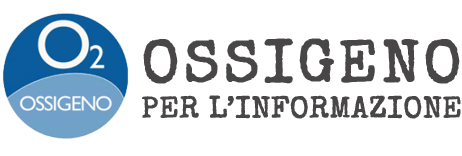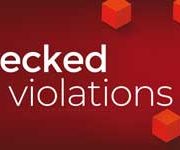What the report “So much Mafia, so little news” says
A research based on an ECPMF’s fact-finding mission in Italy leaded by Ossigeno, based on interviews to 25 experts, journalists, MP’s and member of te Government
Read the full FFM report “So much Mafia, so little news” here
On the dramatic theme of the criminal roots of the Mafia, on its influence on society and on the phenomena of corruption, newspapers and journalists in Italy produce less coverage than it would be desirable. This assessment is widely shared.
The reasons are many: fear, threats, retaliation, connivance, punitive and discouraging legislation for reporters, intolerance. These, in the opinion of experts, are the main reasons, even if they are often masked by false motives, to minimise or to make, out of necessity, an apparently objective choice to remain silent.
Thus, for example, publishers and chief editors often do not provide space for these issues and tell whoever asks for explanations that the readers are not interested in reading news on these topics.
All this emerges, clearly itemised, from the dossier entitled “So much Mafia, so little news” produced by Ossigeno per l’informazione with the support of the European Commission, on behalf of the European Centre for Press and Media Freedom in Leipzig (ECPMF).
The report presents the results of the Fact Finding Mission for which 25 structured interviews were conducted to gather the opinions of experts, magistrates, parliamentarians, government representatives and journalists. Their answers provide a broad overview of points of view on each topic.
The picture that emerges is as merciless as an X-ray. But the diagnosis is not entirely negative. It states that Italy, along with the disease, also has the best remedies available and also has the most committed laboratories to study yet more effective ones. Local newspapers and reporters appear to be the most exposed targets and the weakest link in the information chain. At the same time, they are strategically the most important element for information on this subject.
Among the many issues highlighted by the dossier to be solved, some concern the responsibility of publishers, others of newspaper editors, others of the legislators. Important and original proposals are formulated by the National Anti-Mafia Prosecutor Federico Cafiero de Raho. The Prosecutor proposes, inter alia, to grant journalists some prerogatives to protect them from the risks of retaliation to which they are frequently exposed, in particular from spurious and groundless lawsuits.
The Italian protection system is also described and evaluated by showing its positive and negative aspects. With this objective study we believe we have made a contribution to the institutions committed to guaranteeing the broadest possible press freedom and the removal of the legal and illegal reasons for which many journalists who report on Mafias risk their lives and their personal assets. We presented this study in a workshop in Rome, with 190 people attending (145 were registered journalists and 20 student on journalism), held on 10th May 2019, celebrating the World Press Freedom Day. The meeting was promoted by Ossigeno with the UNESCO’s patronage.
Ossigeno will present this study to the Italian Parliamentary Anti-Mafia Commission and to all the other institutions that, in Italy and abroad, want to examine the issue in greater depth. ASP






Leave a Reply
Want to join the discussion?Feel free to contribute!